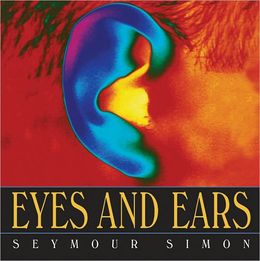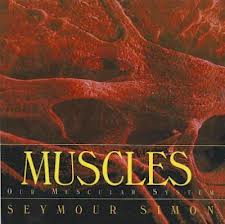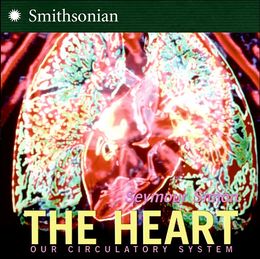 Have you ever wondered what fire is? Or why things fall to the ground? Or what’s alive and what’s not? Scientists have asked all these questions and many, many others too. They‘ve found the answers using science – way of learning about world by watching, coming up with ideas and testing them. And there’s still lots left to learn.
Have you ever wondered what fire is? Or why things fall to the ground? Or what’s alive and what’s not? Scientists have asked all these questions and many, many others too. They‘ve found the answers using science – way of learning about world by watching, coming up with ideas and testing them. And there’s still lots left to learn.
Excerpt: What’s biology all about? Biology is all about life- what it is, how it works and why it is the way it is. It covers all forms of life, from the largest living plants and animals to tiny life forms that are much too to see., and it’s also about where these life forms came from, how they’ve changed over time, and how they exist side-by-side all over the earth today. Here are some big questions that keep biologists busy… What is life? It’s normally pretty easy to tell if something is alive, especially if you can see it without a microscope. But biologists study far weirder, tinier things, which may act as if they’re alive in some ways but not others. Even experts often disagree over whether these things are alive or not.




